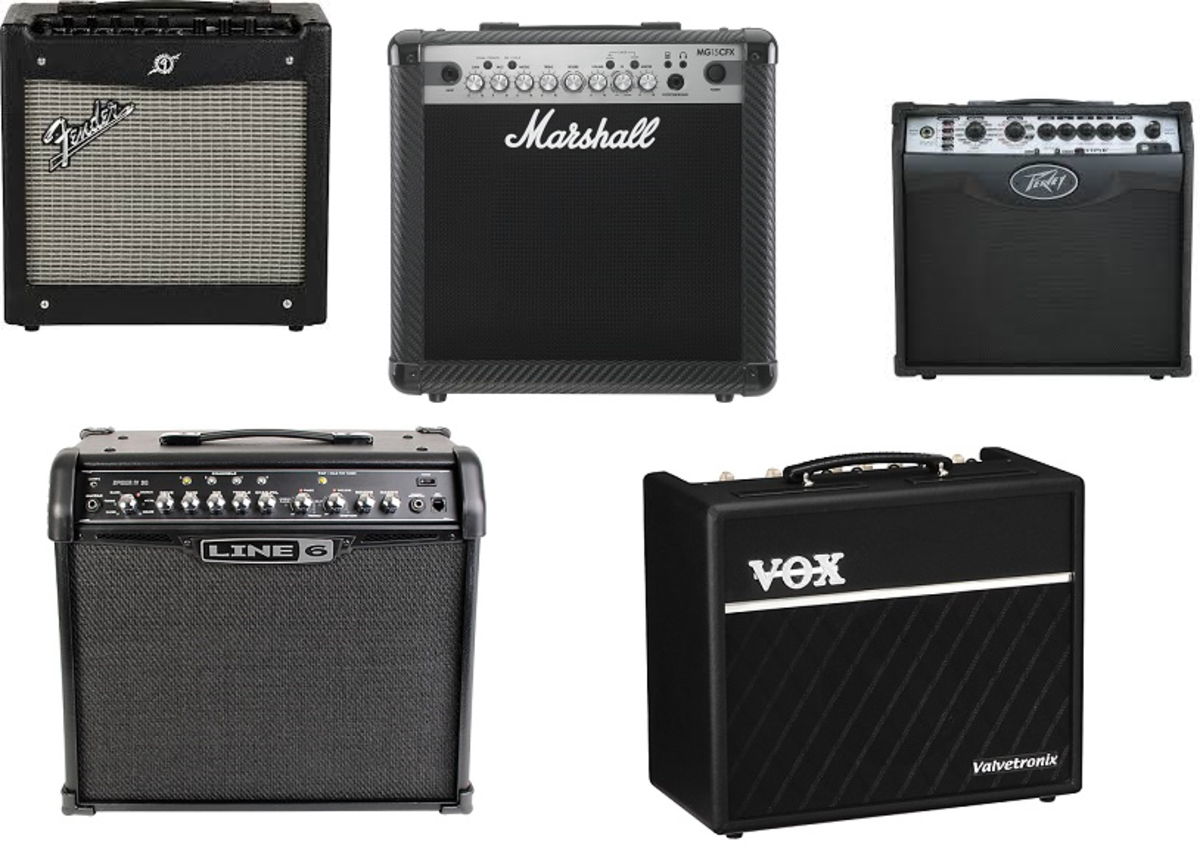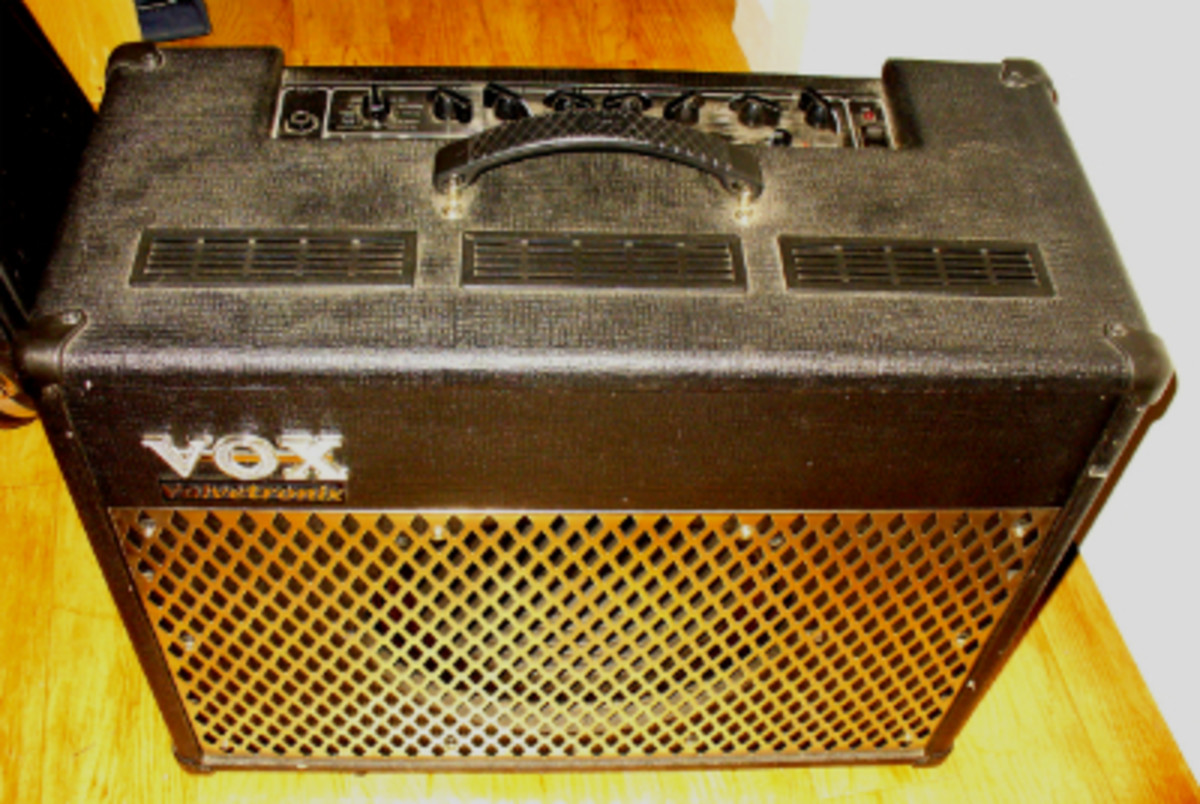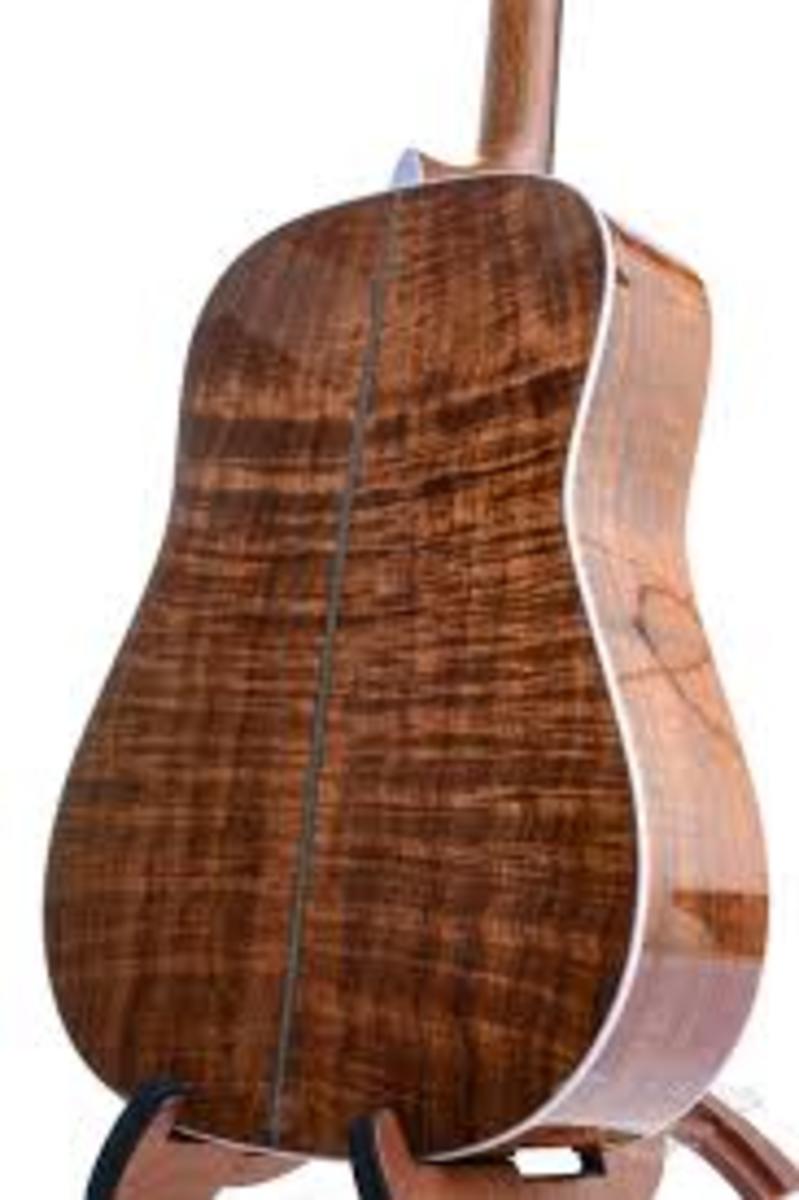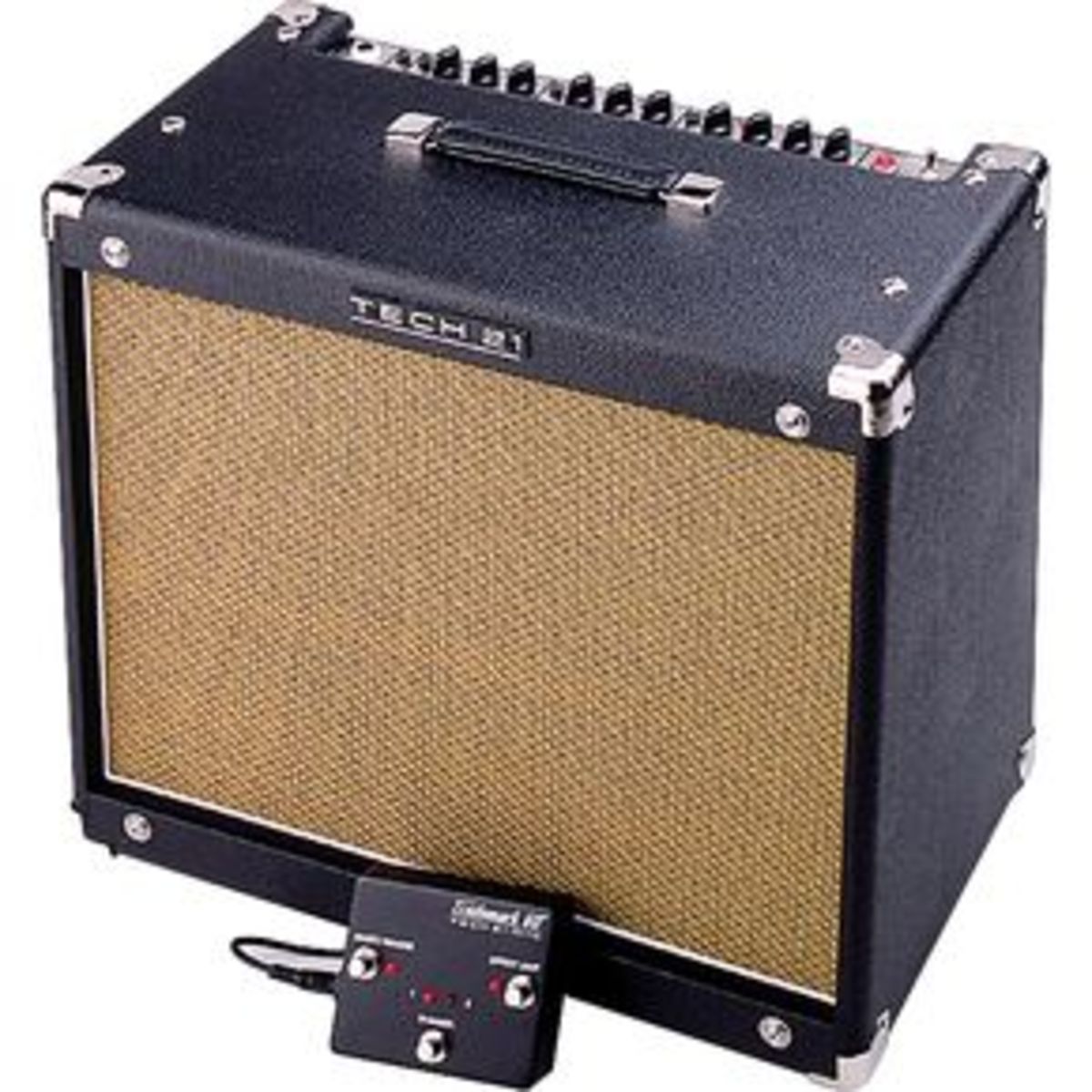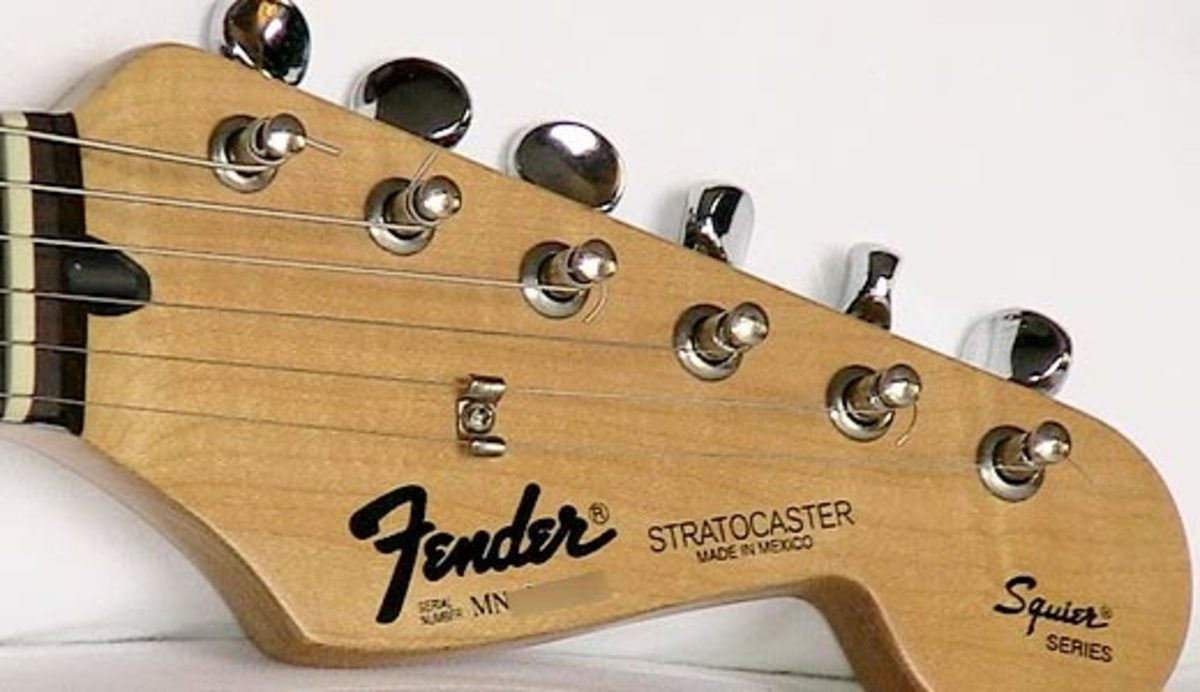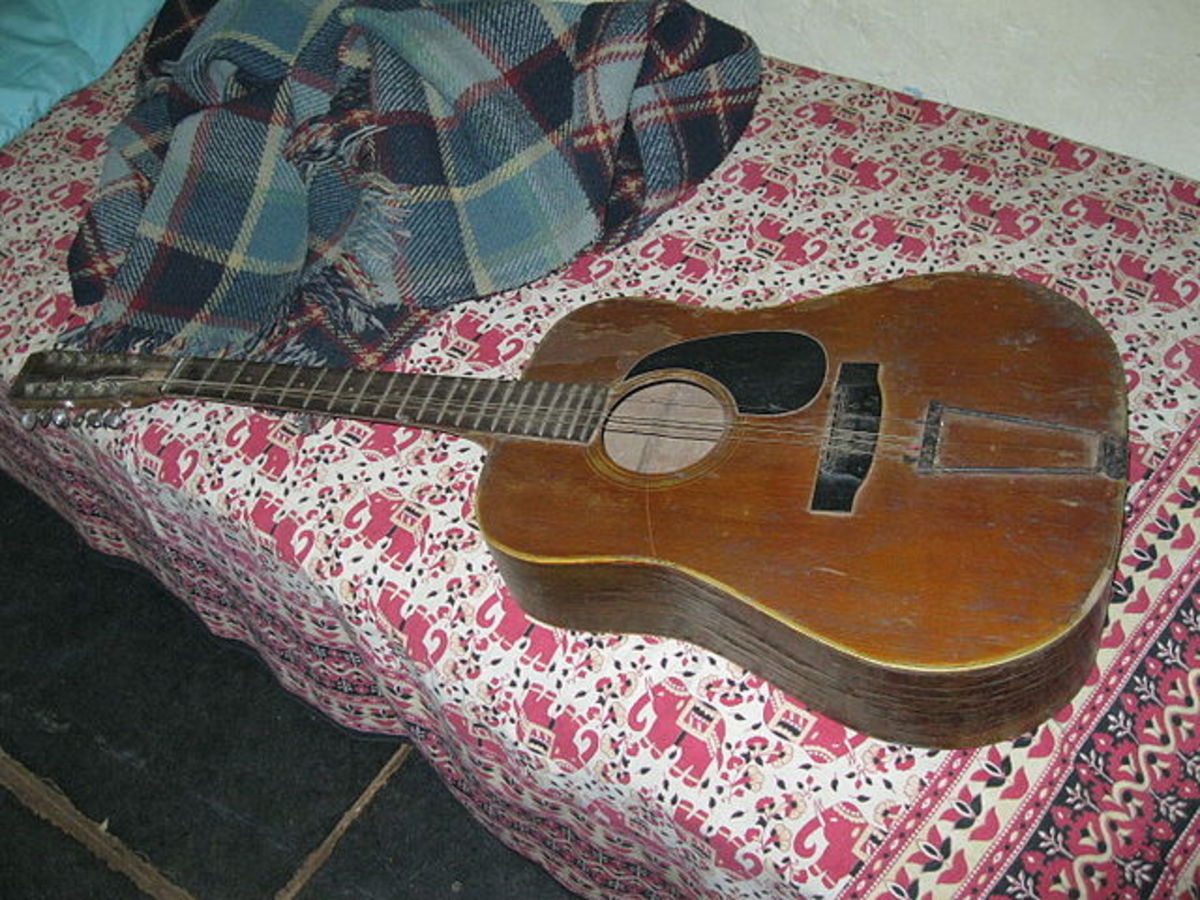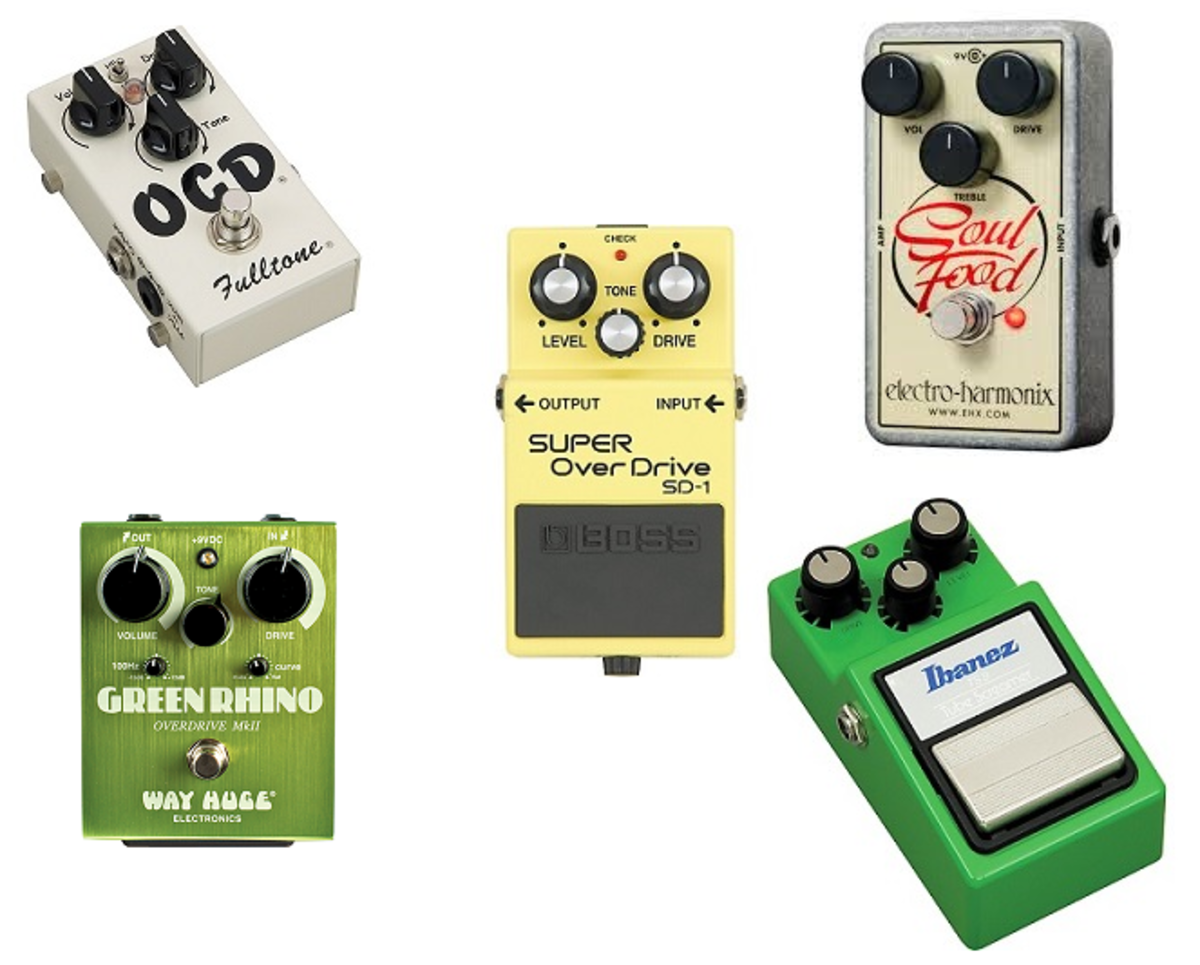How Powerful a Solid State/Tube Guitar Amp do I need?
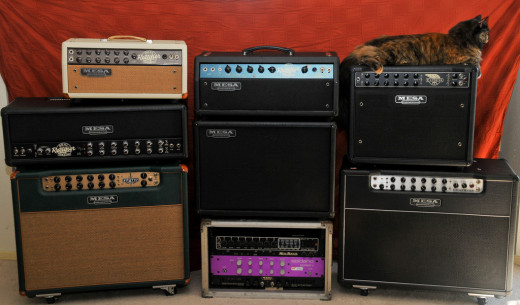
What is a Watt??
Guitar amps are often compared by their Wattage, however what exactly is that?
A Watt scientifically means an energy transfer of 1 Joule per second. This has no direct relevance to sound/amplification, it is simply the measure of power transfer from the mains to the amp. Confusingly this means you could have two different amps both of the same wattage however producing different volumes. The disparity becomes even more obvious when comparing solid state to tube amps as will be explained later on.
What is your need/use for the Amp?
There is no single answer for how powerful an amp you need, it really is very subjective and depends completely on your use of the amp. For example 20 watts is loud, if you are playing in your house it will be very loud, playing to a large crowd and it won't be audible to anyone more than 3 rows back.
I have split the article bellow into sections for different common needs/scenarios, I hope that you can find one suitable to you.
Solid State Practice Amps (Beginner amps)
If you are just starting playing guitar then these are what you will be looking at buying. These are generally the smallest and cheapest amps. When you are first starting and thus have little knowledge it is difficult to know what size of amp will be suitable, all amps are different however with my guide bellow you shouldn't go wrong.
- If you are just practicing alone in your house then you shouldn't need anything over 10 watts, these are loud enough to disturb and annoy others around the house if you need to. I would personally avoid any of the micro-portable amps, these are often battery powered which can be inconvenient and whilst they are loud enough for practice they are only just.
- If you are planning on starting jamming with a few friends (not a full band or gigging) then I would advise something around the 20-30 watt mark. You need this extra power to be able to avoid being drowned out by other instruments.
Good amps to go for are the Marshal MG15 or the Line 6 Spider IV 15 watt.
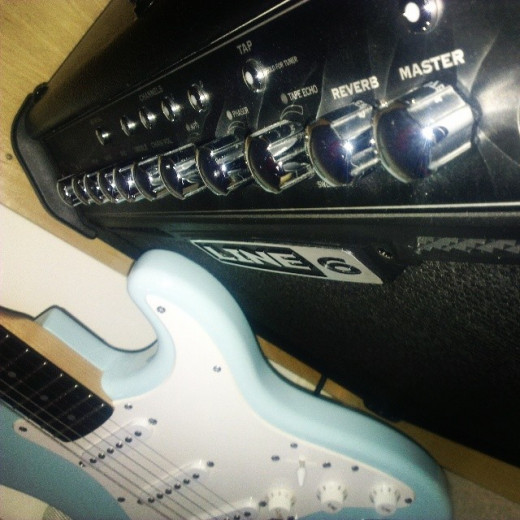
Starting Gigging with a Solid State Amp
Starting to play gigs is a big step, and one that lots of people upgrade their amps for. When selecting an amp for this purpose it has to be able to cut through drums and a crowd, this requires some serious power.
I use a Line 6 Spider IV 75 watt amp with a 1x12 speaker. This is the minimum I would advise for gigging. With solid state amps you don't want to be pushing them to 9 or 10, if you do so you will often hear the sound quality suffer and become very harsh and "electronic".
If you want to gig with a solid state amp then you will often be looking at the larger modeling amps from models such as the peavey vypr, Blackstar ID, Fender Mustang or Line 6 Spider IV. The advantage of these amps is that as well as their volume they give a large selection of sounds and effects. Even though its not really a modeling amp (lacks a number of features) another honourable mention would be the Marshall MG100FX, a friend has one of these and ranks it very highly.
Starting Gigging with a Tube Amp
When people start gigging this is often the point they decide to make the jump to the supposedly superior tube/valve amps. Tube amps are often chosen as they can be pushed harder without sounding electronic and unnatural, their sound is also often praised as warmer.
As was mentioned earlier the watt system does not line up between tube and solid state amps. Tube amps are much louder for the same wattage. A 10 watt tube amp is roughly comparable to my 75 watt spider in volume. Thus if you want to gig with a tube amp I would advise an amp of more than 10 watts.
Tube amps are aimed at more experienced players, and thus go up to much larger sizes than solid state amps. Bands peforming to large bands may be using 100 watt or even 200 watt tube amps.
What size is your main amp?
Don't forget your Speakers
When you start looking at larger amp sizes it is important to also start considering your speaker. The actual noise from your amp is being driven through these speakers, thus they are obviously very important.
The "standard" for guitar amps are 12 inch speakers, these come either on their own in a cabinet, in a pair or as a four. The number of these speakers can make a large difference to volume. For example a 10 watt tube amp driven through a 4x12 will be significantly louder than a 100watt ampt through a 1x12. This gets even more crucial when you are looking at amp heads, these are simply the amp without the speakers. If you buy a 20 wall Orange Micro Terror head and hook it up to a 4x12 you have a very loud gigging setup. By using large speakers you can afford to use this less powerful amp.
A real life example of this is when large bands play. Green Days frontman Billie Joe Armstrong plays through 2x 100 watt amps, a band in a large pub may use the same amps however because in Green Days case these are connected to a huge array of speakers the sound can fill a whole stadium.

